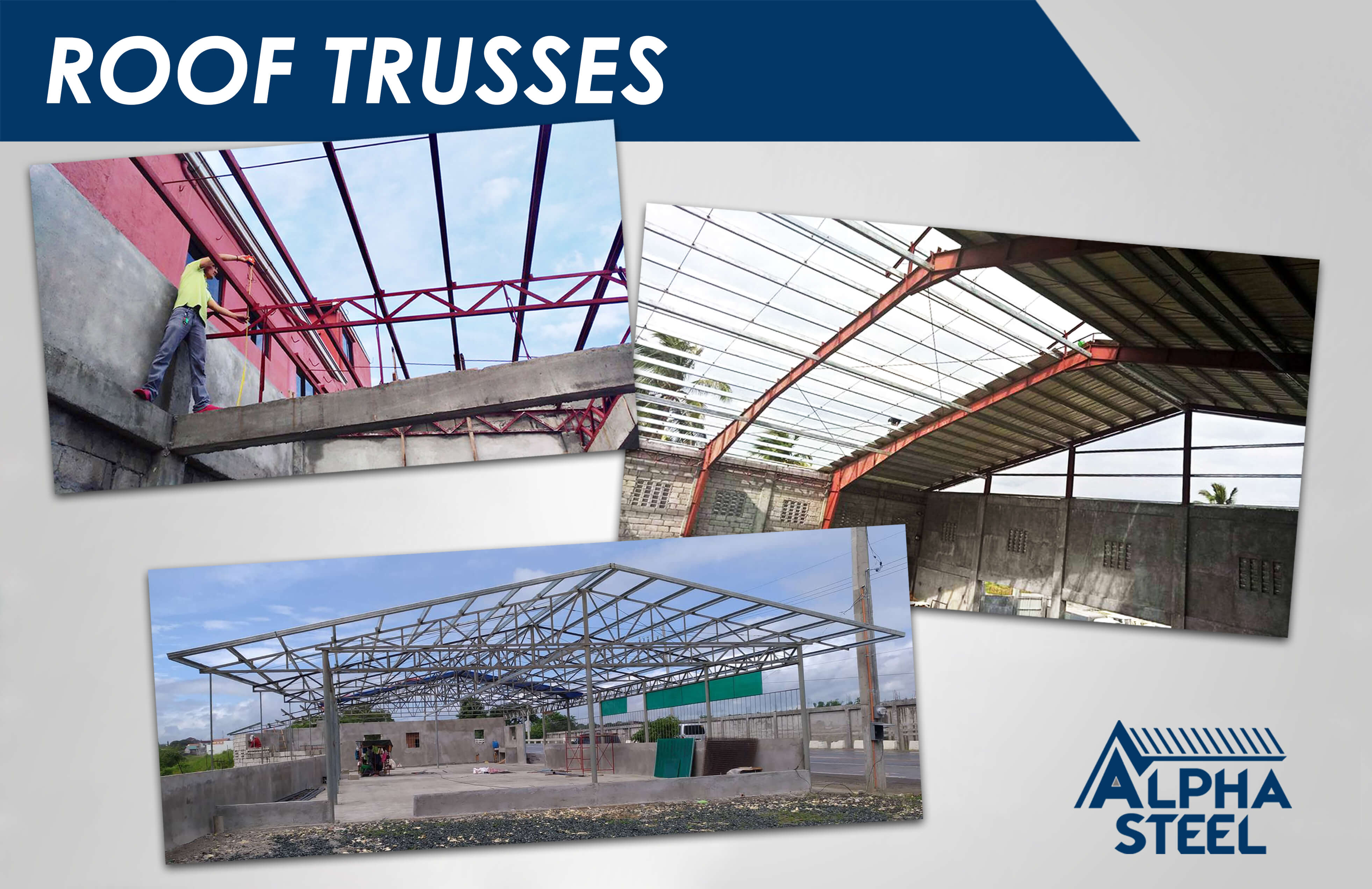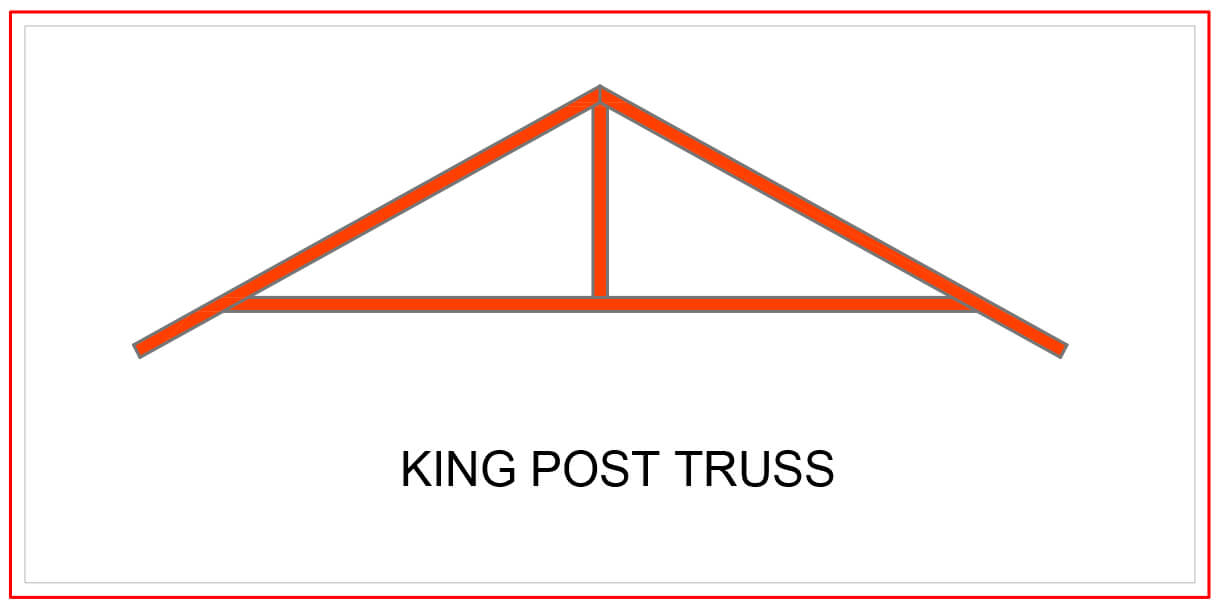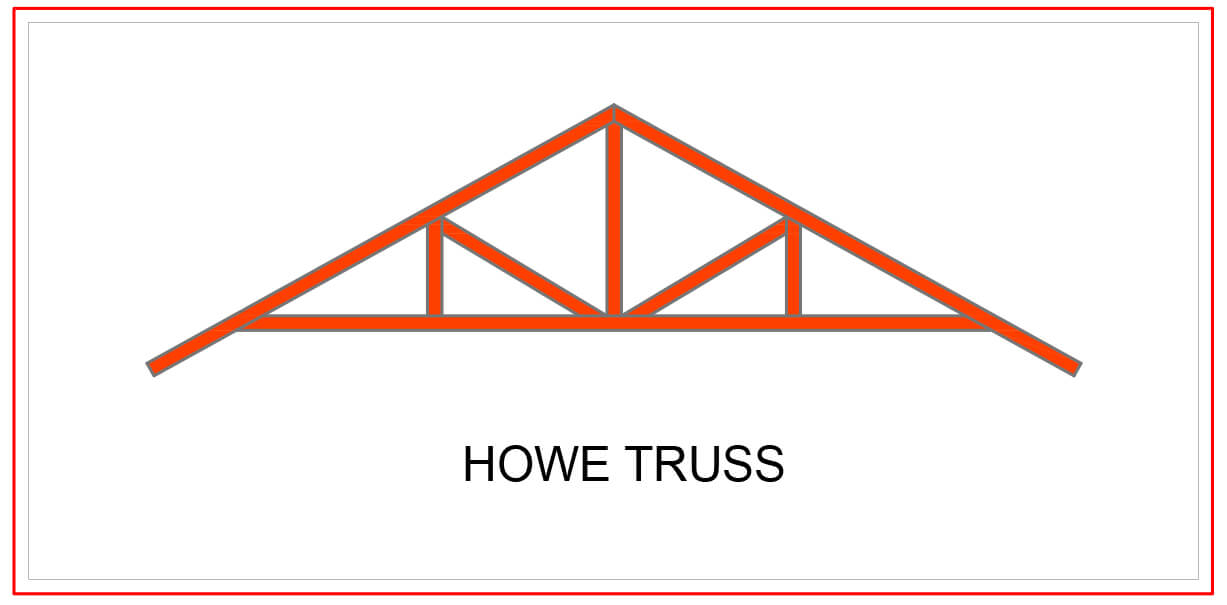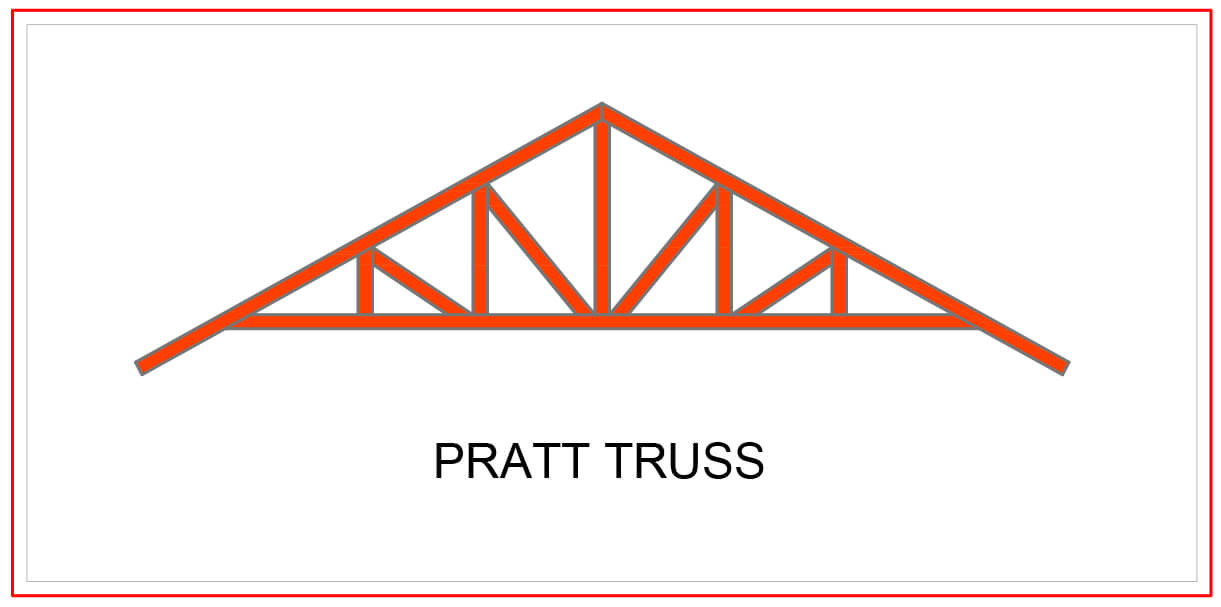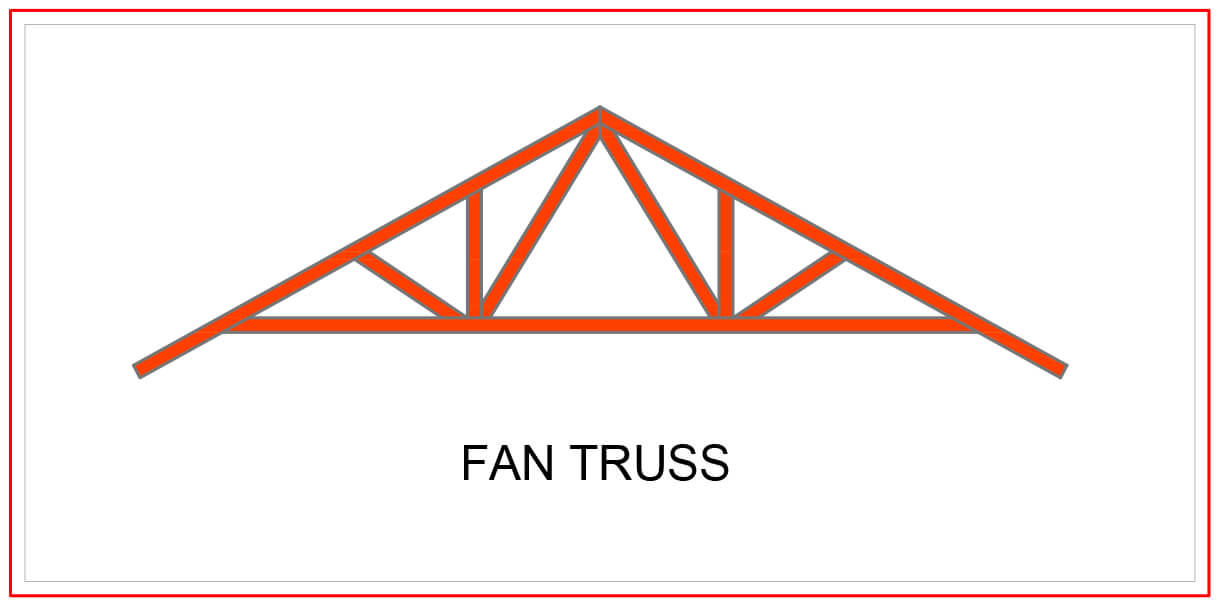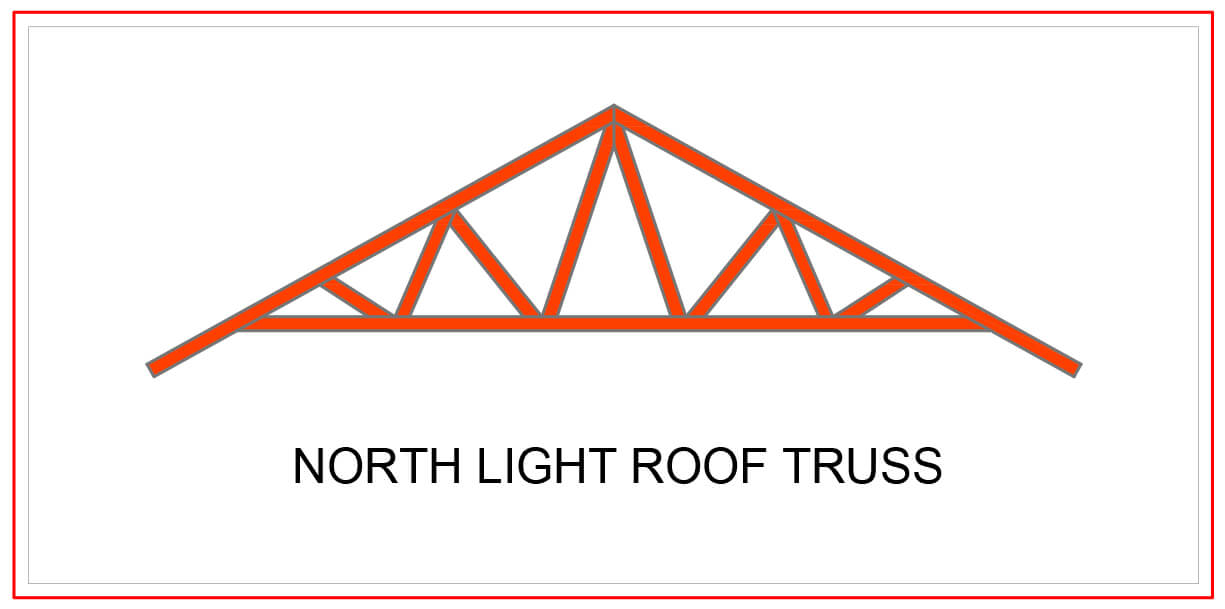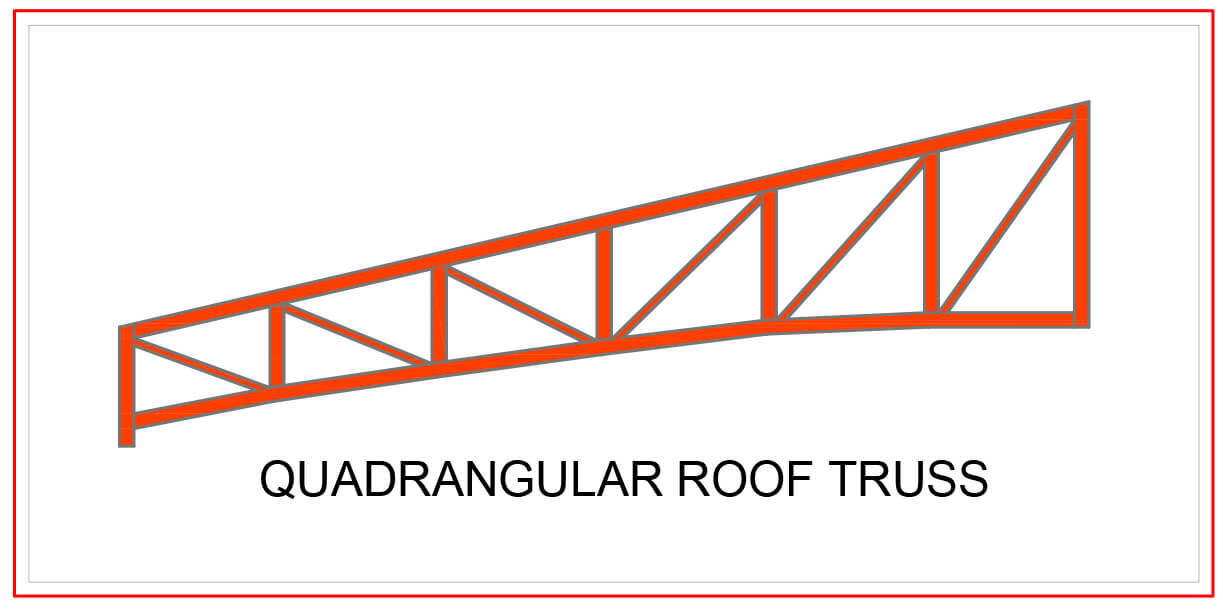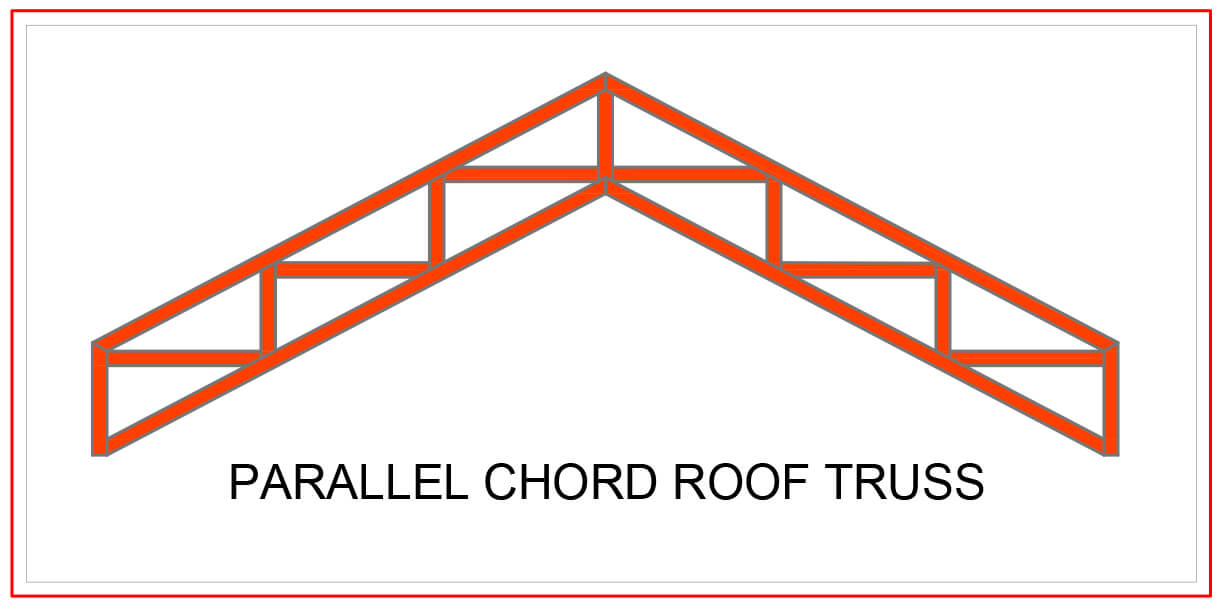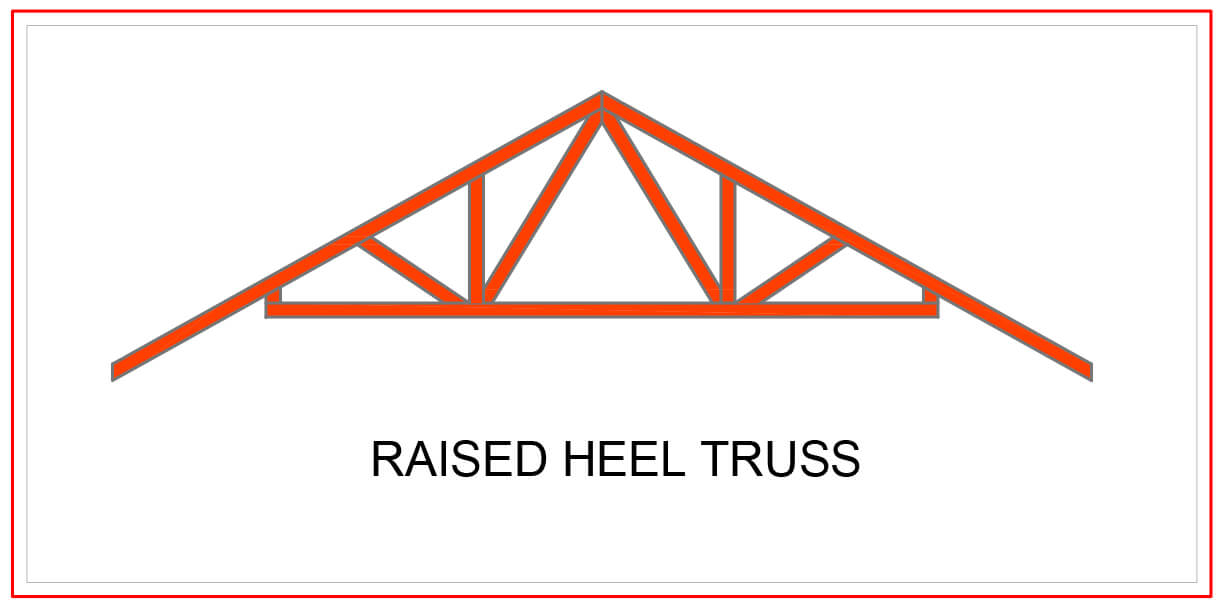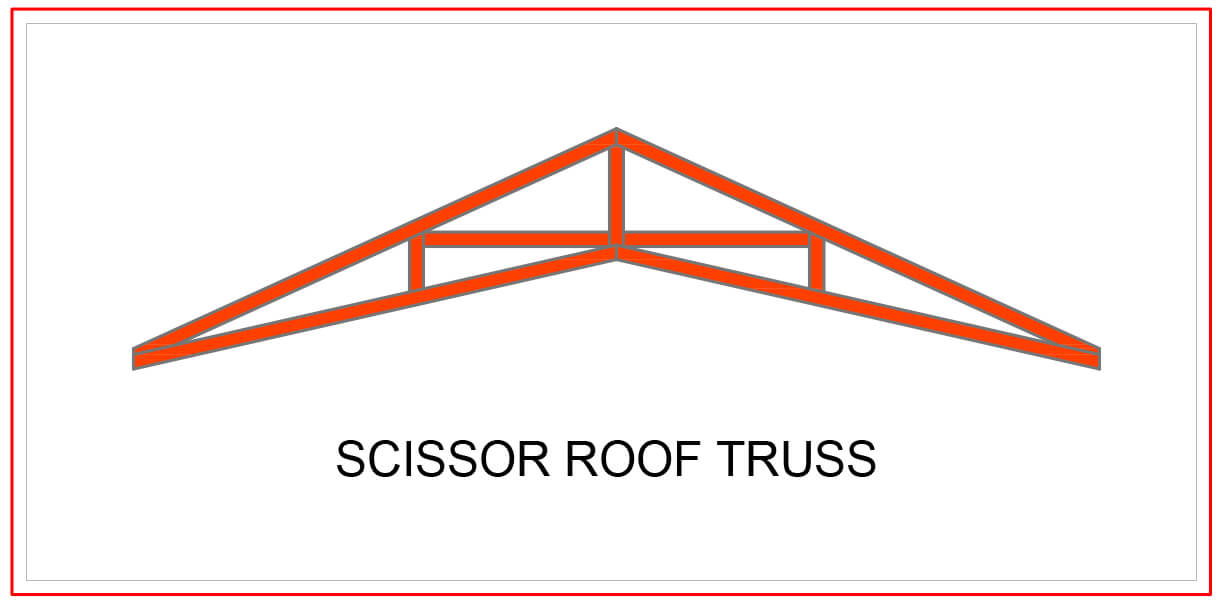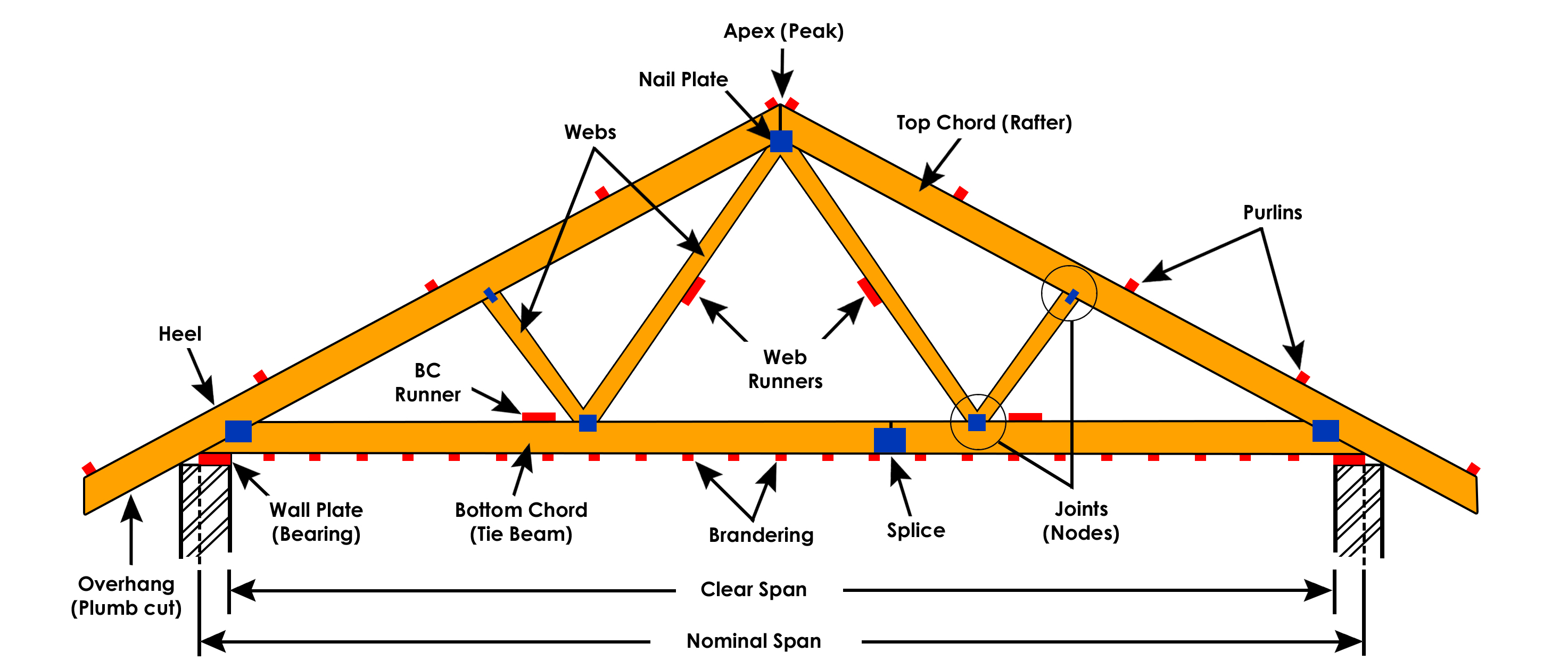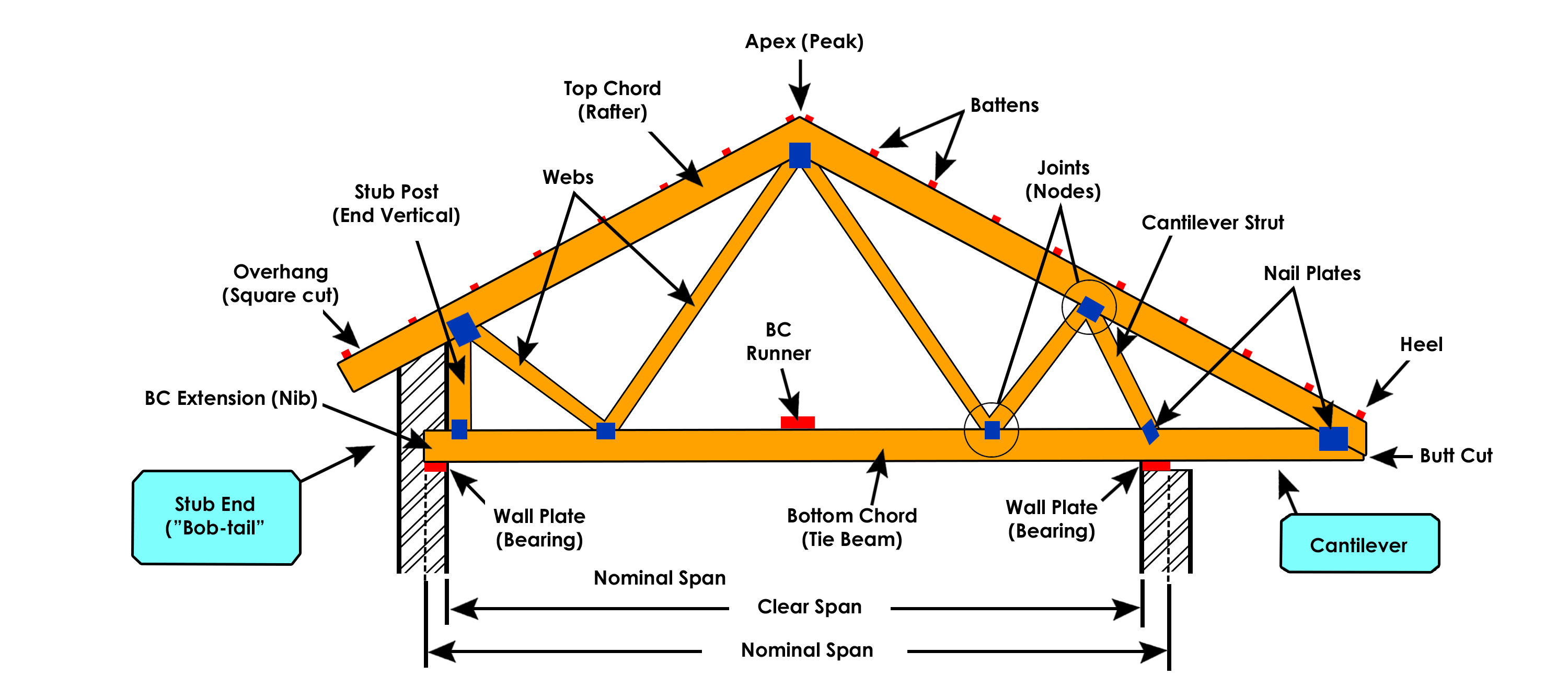In this article, we will discuss the various types, components and importance of roof truss in building construction.
Benefit of Roof Trusses
There’s a good reason why roof trusses have stood the test of time in construction, and it’s due to the number of structural benefits they provide to homes and buildings.
A roof truss is considered the most important key component in engineering system in a building. They serve a critical function and design depends on various factors. Without roof, buildings would be exposed to all kinds of elements, rendering them completely useless. Here are some of the benefits of installing a roof truss.
King Post Truss
Central vertical post used in architectural, working in tension to support a beam below from a truss apex. This truss usually spans up to 8 meters, which makes it perfect for multiple types of houses, especially the smaller ones.
Queen Post Truss
A very reliable, simple and versatile type of roof truss where you can use at any given time. This kind of truss offers a span of around 10 meters, and has a simple design which makes it perfect for a wide range of establishments.
Howe Truss
A kind of truss having upper and lower members, a combination of steel and wood or both. One thing that makes this truss extraordinary is that it has a very wide span, as it can cover anything from 6-30 meters. This is very useful for a wide range of project types.
Pratt Truss
The prat truss is the most popular steel truss since it is very economical. It includes vertical and diagonal members that slope down towards the center (opposite of Howe Truss). Pratt truss can cover lengths ranging between 6-10 meters.
Fan Truss
A simple design made out of steel. Most projects with larger span of around 10-15 meters uses this kind of truss.
North Light Roof Truss
Have a wide set of lattice girders that include support trusses. North light truss is the oldest, and most economical kind of truss. These are found in industrial buildings, drawing rooms and large spaces, with a span of 20-30 meters.
Quadrangular Roof Trusses
Type of truss having parallel chords and an arrangement of web members of tension diagonals and compression verticals. It is mostly encountered in auditoriums or railway sheds.
Parallel Chord Roof Truss
Constructed with two chords running parallel to each other and supported by reinforcing trusses in between the top and bottom chords. This roof truss reduces the condensation problems and mold conditions since they create a vapor barrier.
Raised Heel Roof Truss
Provides a cost-effective way to meet more stringent energy efficiency codes and improve the energy efficiency of your building envelope. Raising the truss higher greatly simplifies attic ventilation and it leaves ample room for insulation above exterior wall top plates
Scissor Roof Truss
The bottom chord members cross each other, connecting to the angled top chords at a point intermediate on the top chords’ length, creating an appearance similar to an opened pair of scissor. A scissor truss provides for a vaulted ceiling in the same time frame as standard trusses. Cathedral is one of the best example of this kind of truss.
The Basic Components of a Roof Truss
- Apex – Highest point where the sloping top chords meet.
- Bearing – Structural support of trusses (usually walls) normally with a timber wall plate.
- Bottom Chords (BC) – the lowest longitudinal member of a truss.
- Cantilever – part of structural member that extends beyond its support.
- Cantilever Strut – web that joins the bottom chord above the bearing point to the top chord of a cantilevered truss.
- Chord – main members that form the outline of the truss and subject to relatively large axial forces and bending moments.
- Clear Span – horizontal distance between interior edges of supports.
- Heel – point on a truss which top and bottom chord intersect.
- Joint – point of intersection of one or more web(s) with a chord.
- Nail Plate – galvanized steel plate punched to form a nail pattern integral with the plate and used to connect timber members.
- Node (node point) – point of intersection of two or more members that make up the panels of a truss.
- Nominal Span – horizontal distance between outside edges of the supports (wall plates) – usually the tie beam length.
- Overhang – extension of the top chord of a truss beyond the bearing support.
- Panel – truss segment defined by two adjacent joints or nodes.
- Plumb Cut – vertical cut to the end of the top chord to provide for vertical (plumb) installation of the fascia or gutter
- Splice Point – Top and bottom chord splice
- Square Cut – perpendicular to the edges of the chord
- Stub End – a truss type formed by the truncation of a normal triangular truss.
- Top Chord or Rafter – a horizontal member that establishes the upper edge of a truss
- Web – members that join the top and bottom chords to form a triangular pattern

